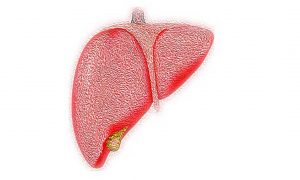New US research has found that sticking to five healthy habits throughout adulthood, including eating a healthy diet, regular exercise, maintaining a healthy weight, no smoking, and not too much alcohol, could together add more than ten years to life expectancy.
Led by Harvard T.H. Chan School of Public Health, the study is the first comprehensive analysis to look at the effect of adopting low-risk lifestyle factors on life expectancy in the US, a country which has a shorter average life expectancy (79.3 years) than almost all other high-income nations.
The researchers analyzed 34 years of data from 78,865 women and 27 years of data from 44,354 men and defined the five low-risk lifestyle factors as not smoking, a low body mass index (18.5-24.9 kg/m2), at least 30 minutes per day of moderate to vigorous physical activity, moderate alcohol intake (up to about one 5-ounce glass of wine per day for women, or up to two glasses for men), and a healthy diet.For the participants who didn’t adopt any of these low-risk lifestyle factors, the researchers estimated that life expectancy at age 50 was 29 years for women and 25.5 years for men.
However, for those who adopted all five of the low-risk lifestyle factors, the researchers estimated that life expectancy at age 50 was 43.1 years for women and 37.6 years for men.
For women this meant on average an extra 14 years of life, and for men an extra 12 years, with the combination of all five healthy behaviors linked with the most additional years of life gained.
The researchers also found that both women and men who maintained the healthiest lifestyles were 82% less likely to die from cardiovascular disease and 65% less likely to die from cancer, when compared with those with had the least healthy lifestyles.
“This study underscores the importance of following healthy lifestyle habits for improving longevity in the US population,” commented senior author Frank Hu. “However, adherence to healthy lifestyle habits is very low. Therefore, public policies should put more emphasis on creating healthy food, built, and social environments to support and promote healthy diet and lifestyles.”
The results can be found published online in the journal Circulation.
For more updates: Like us on Facebook and follow us on Twitter & Instagram.





































